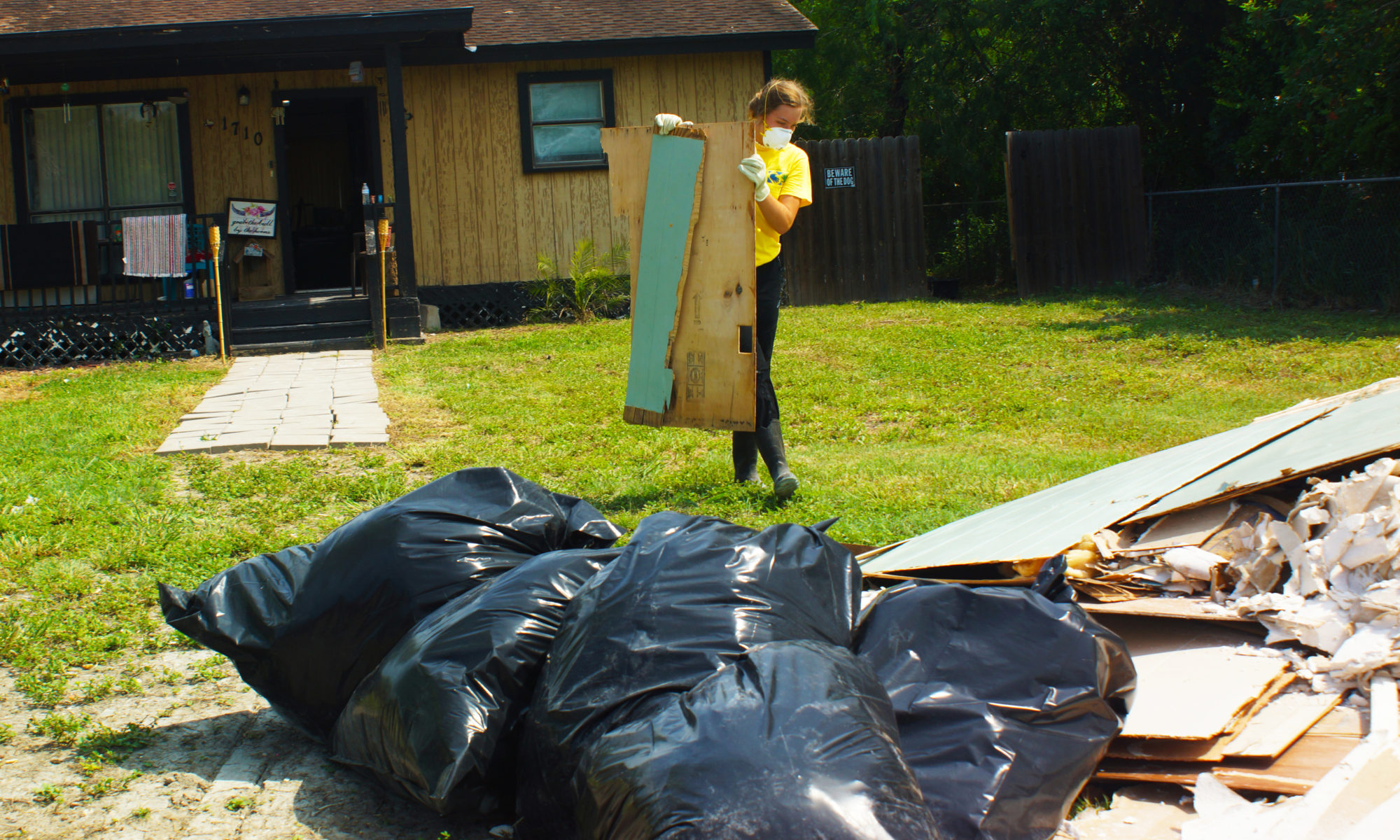By Ken Jarvis, Area Media Specialist
From time to time most of us have received an invitation to travel to a near-by town to help clean up after a flood, tornado or hurricane. Many have responded to those invitations. But how many of us know how the decision is made to send a particular stake to a certain area, for how long and to do what?
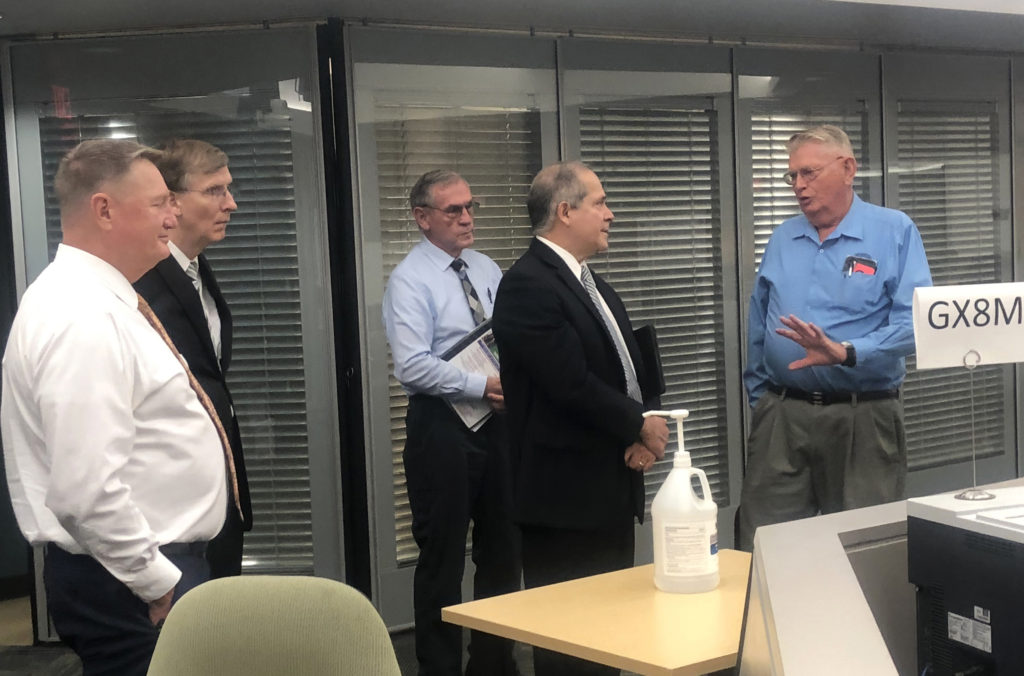
The answer is fairly straightforward. The decision comes through Priesthood channels; that is to say, the local Area Authority counsels with his Stake Presidents and the decisions are made. But who helps them coordinate with local government leaders and other volunteer organizations so that we show up at the right place, at the right time with the right tools and skills?
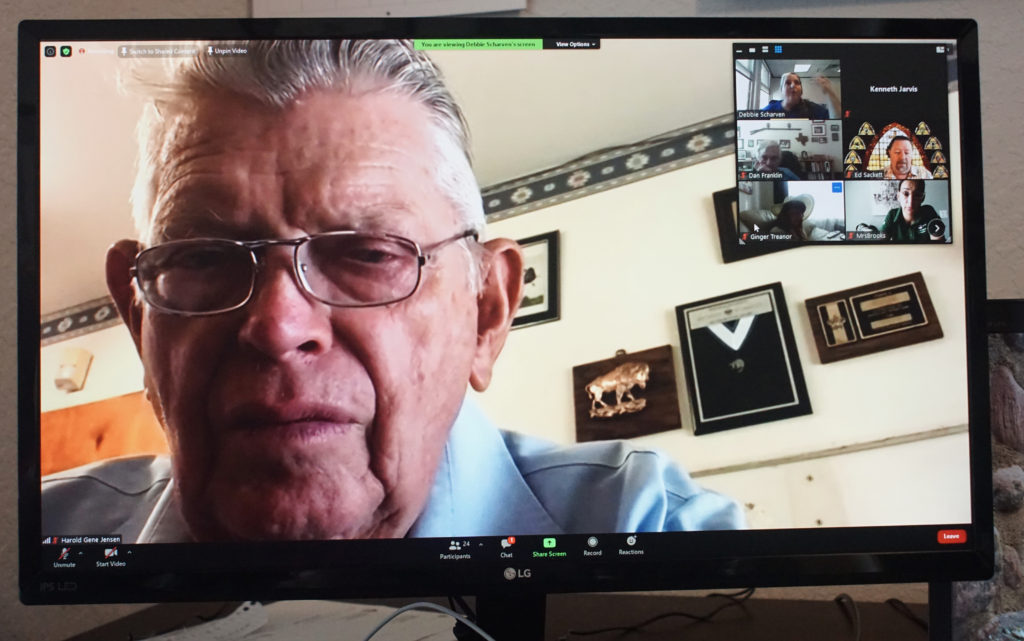
In the United States each state has an organization called Volunteer Organizations Active in Disaster (VOAD). VOAD is made up of representatives from different churches and service organizations. It was formed over 50 years ago in response to the challenges many individual organizations experienced following Hurricane Camille, a category five storm that hit the Gulf Coast in August 1969.
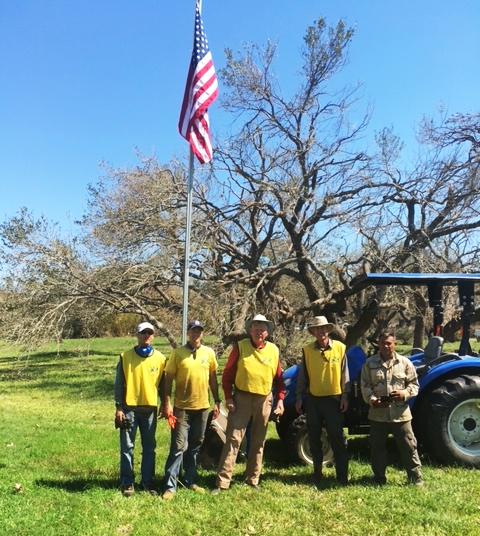
Up until that time, the numerous government, private sector and nonprofit organizations assisted disaster survivors without any coordination. As a result, help came to the survivors haphazardly. In some areas there were too many volunteers while in other places not enough. Very often they showed up without proper equipment or information. It was obvious that we needed to be better organized.
“The Church of Jesus Christ of Latter-day Saints has been a national member of VOAD for many years,” said Gene Jensen, the Latter-day Saint representative on the Texas state VOAD Council. “My job is to be an ambassador for the Church in the world of disaster response. It’s to build relationships with our VOAD partners and to help them understand what our Church is able to do as well as find out who they are and what their particular interests and capabilities are.”
Brother Jensen has been in this calling for over a decade. “Originally there were no other LDS VOAD leaders in the state of Texas to work with me. But over time I have helped set up local and county VOADs.” He is also the Church representative on the San Antonio VOAD where he was just released as Chairman.
When asked how he stays informed of disasters he replied, “I have to keep my ear to the ground and be listening and watching. I’m a newshound. I track hurricanes, thunderstorms that look like they might develop tornadoes. I’m interested in the fires and major disasters like the explosion in West.” Brother Jensen added, “Sometimes it starts with me finding out or sometimes I get a call. For example, in 2015, I was enjoying Christmas in Europe when I got a call that there were multiple tornadoes in the Dallas area. So I got on the phone and started checking with Stake Presidents and the Area Seventy. I asked, ‘What are you doing, what have you got, what do you need, how can I help?’” As soon as he hit the ground in Texas he was able to work with them in person.
Brother Jensen made it clear that, “I don’t manage or direct anything. I’m there as a subject matter expert on how to respond. I look at what the need is and I look at what the resources are and I say, ‘You may want to think about doing this’ or ‘I’d be careful not to do that.’ For example with the West explosion a few years ago my only job was to tell people to stay away. Sometimes the best response is no response.”
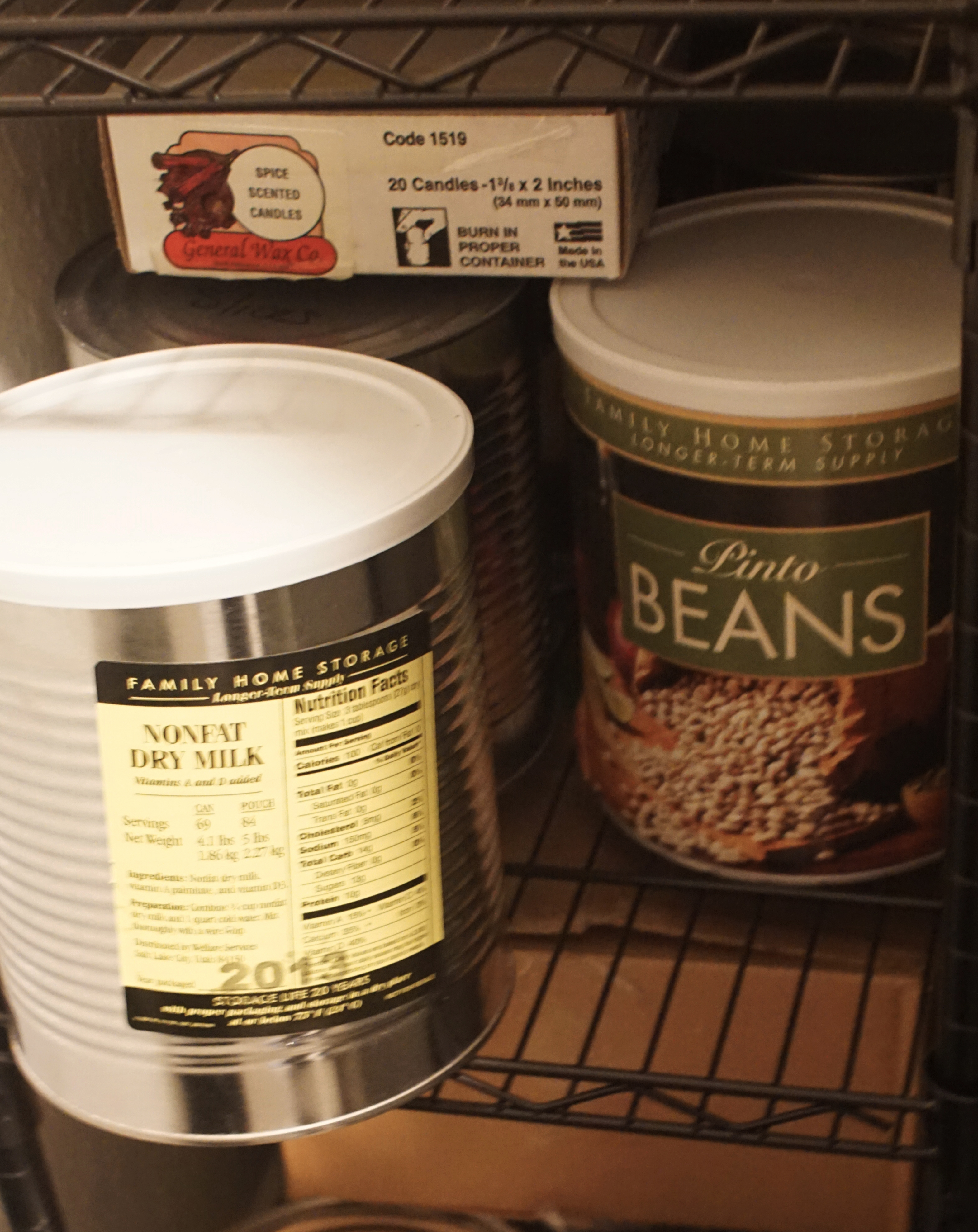
He pointed out that when the leaders come up with a plan one of the key things that needs to be done is to set an end date. “Because if you don’t you’ll get a lot of activity on the first weekend and then people think they are done. You need to spread the load out.” He also addressed the need to measure the size of the disaster. “Typically on a major storm I’ll recommend maybe eight weekends.” He also takes into consideration location and tries to match the area in need with units that are able to respond. “If the disaster is in the Rio Grande Valley you may want to consider inviting the people from the San Antonio Coordinating Council to send volunteers.”
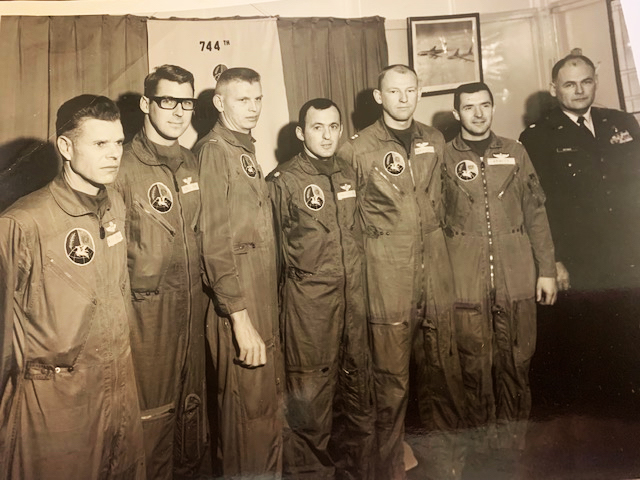
In response to the question how to best prepare for disasters Brother Jensen replied, “Don’t prepare for a tornado or a hurricane or a fire. You may never have one. The way to prepare is to pick different needs; the need for communication, the need for transportation, for food, for water, medication and many other things.”
As an example he said he has copies of all his critical documents on his cell phone with copies sent to his family members. “Many times I’ve seen people who have evacuated who can’t show where they live. Be prepared yourself! Then know what you can offer to somebody else.”
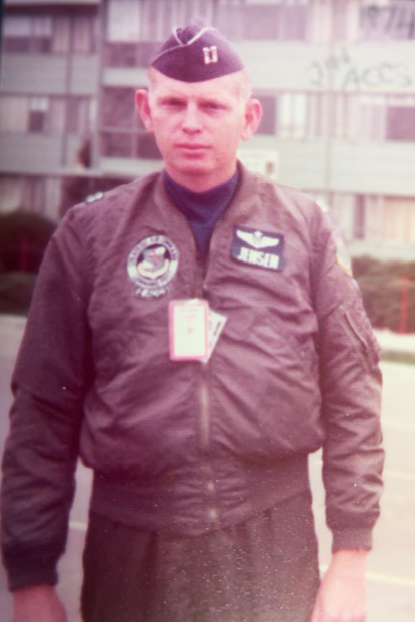
Brother Jensen retired as a Colonel from the United States Air Force having flown a number of large aircraft. He claims that his first disaster response was during Christmas of 1964 when he flew emergency relief supplies to flooded areas of California. “We were flying old C-119s nicknamed ‘Boxcars’ and hauling mail, cattle feed, blankets, anything you can think of. I guess that introduced me to what was needed in disaster relief.”
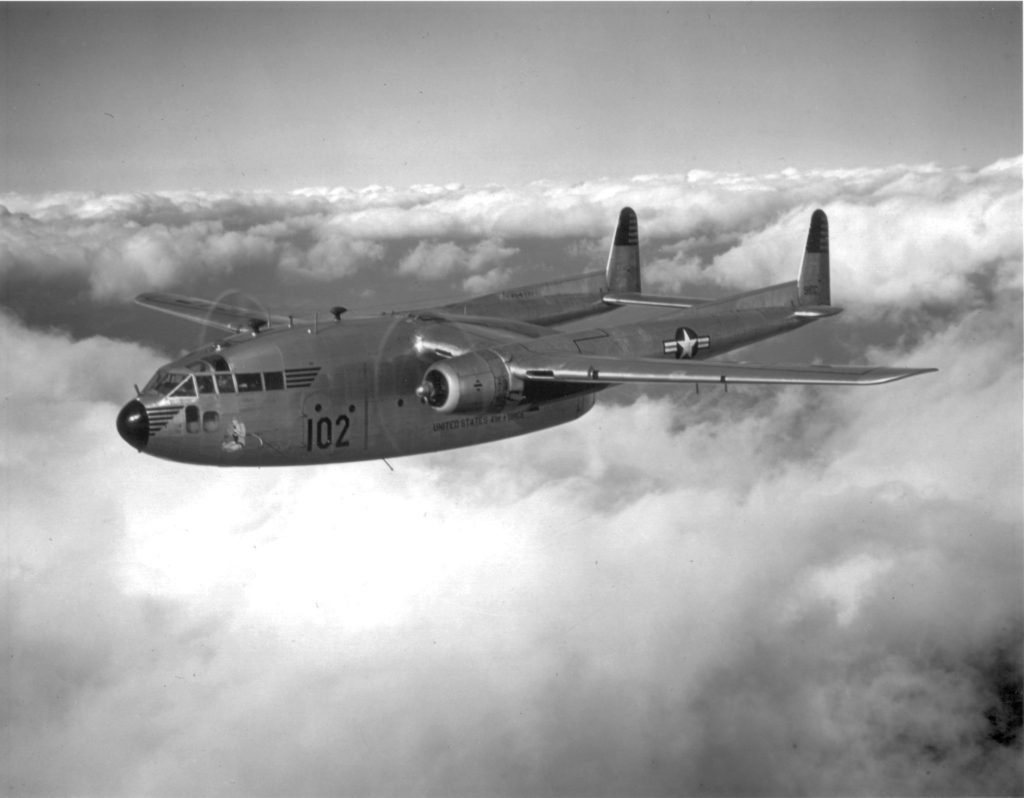
He concluded by emphasizing, “The greatest thing we can do as members of the Church is to be well prepared ourselves. And that’s not just physical preparation. It’s spiritual, it’s emotional, it’s economic, it’s all kinds of things. I couldn’t do this if my family was hungry at home. The self-reliance arm of the Church is a powerful tool.” Resources on the Church of Jesus Christ’s website to help include: Temporal Preparedness and Self Reliance .
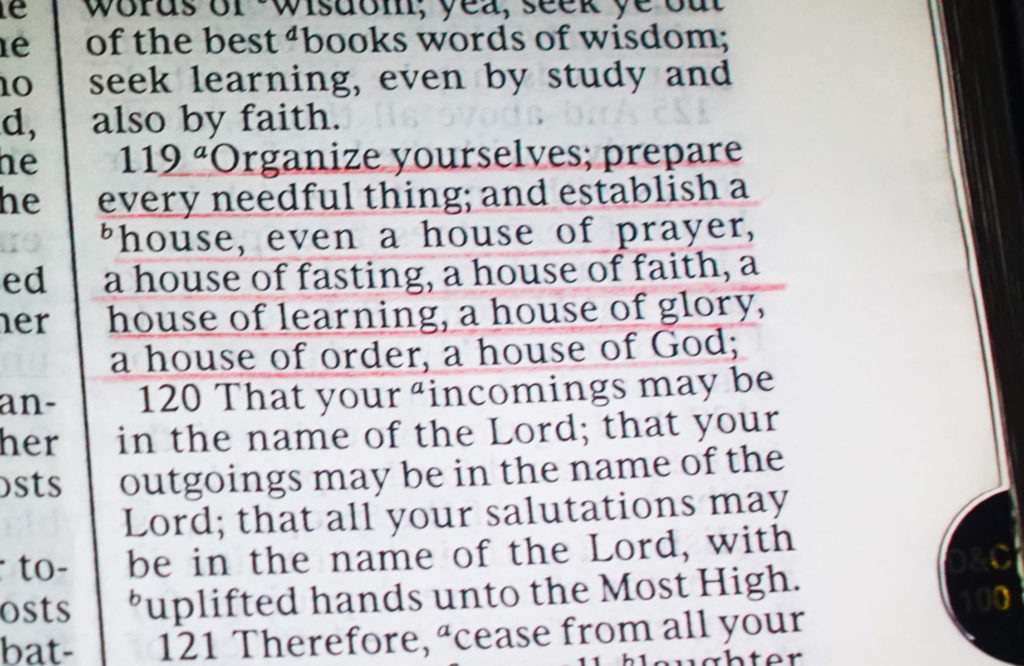
September is National Preparedness Month. Along with the Church’s preparedness sites, you can also access the government’s site: National Preparedness. This site has a week by week plan to help you and your family become better prepared.
